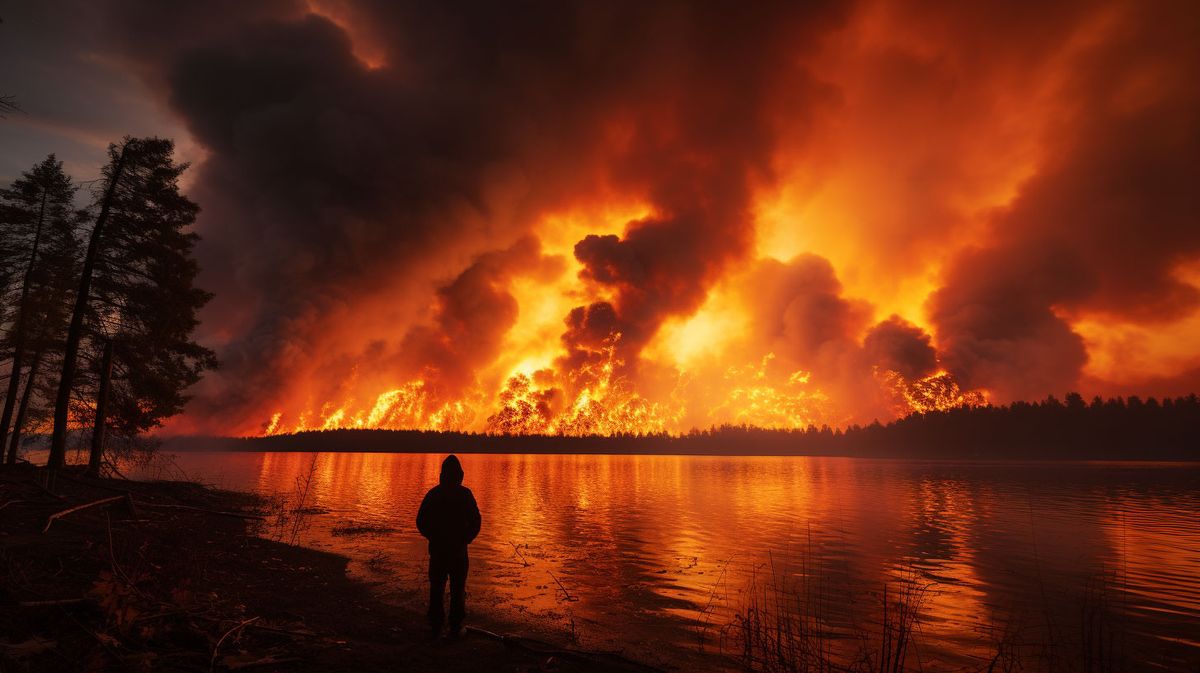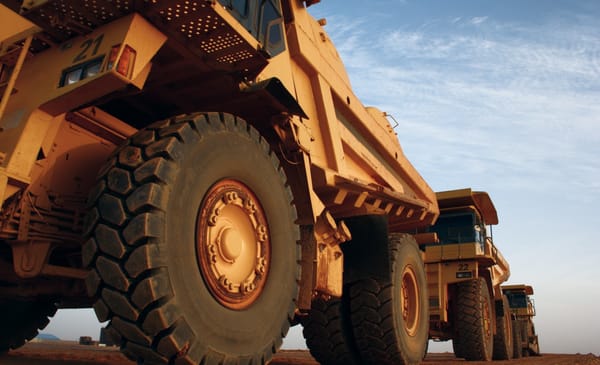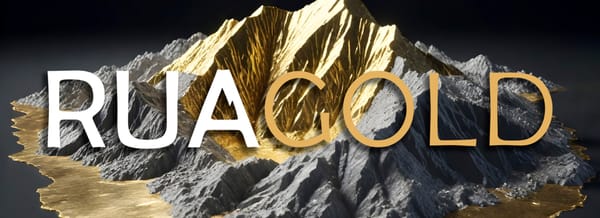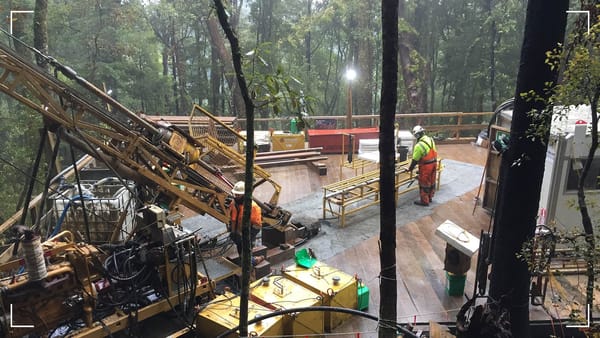From Spark To Inferno: A Decade-Long Look At Canada’s Escalating Wildfire Crisis

The Spark: Setting the Stage for a Decade of Fire
Imagine a land area equivalent to several large cities burning every year. For Canadians, this scenario is not a figment of imagination but a horrifying reality. Over the past decade, the incidence and scale of wildfires have increased dramatically. But what could be the underlying catalysts? Could this be a natural cycle or evidence of a far more insidious threat?

The repercussions of these wildfires are manifold. Beyond the immediate loss of life and property, the long-term environmental impact includes loss of biodiversity, soil erosion, and atmospheric pollution. This is not merely a Canadian crisis but a global one, affecting trans-boundary air quality and contributing to climate change.
Smoldering Signs: Early Trends from 2013-2016
In the period from 2013 to 2016, Canada saw what can be described as the “quiet before the storm.” During these years, the number of wildfires hovered around an average of approximately 1,500 per year. Is this normal? Not quite. The total hectares affected by these fires varied significantly, with an alarming spike in 2014 reaching 369,168 hectares.
While it’s tempting to view these years as anomalies, the pattern of variability should have served as an early warning sign. Such fluctuations in wildfire incidence often point to underlying destabilizers, such as abnormal weather patterns and shifts in land use.
Fueling Factors: Climate Change, Urban Sprawl, and More
To examine the wildfire crisis is to delve into a complex interplay of factors that include climate change, urban sprawl, and forestry management. On the climatic front, the prolonged drought conditions have led to increased fuel availability, converting forest floors into kindling. Have we considered the role of increasing temperatures in this equation? Moreover, urban sprawl into forested areas presents a double-edged sword: increased human activity and, consequently, increased fire risks.
Inferno Unleashed: The Alarming Years of 2017 and 2018
The years 2017 and 2018 were watershed moments in Canada’s wildfire history. In these two years alone, over 2.5 million hectares were scorched. This escalation was not merely incremental but exponential, resembling more of an “out-of-control blaze” than a “contained fire.” What should we make of these statistics?
The acceleration in both the frequency and scale of wildfires points to systemic issues that transcend localized events. The data suggests that a blend of natural and anthropogenic factors has created a perfect storm, propelling a cycle of ever-increasing fires.
Blazing Records: The Explosive Data from 2021 to 2023
The most recent data reveals a dire situation. The year 2022 saw a staggering 4,883 fires affecting 11.5 million hectares. As of August 20, 2023, the numbers have already surpassed those from the previous year, reaching 5,832 fires and affecting over 14 million hectares. These numbers are not just records; they’re alarm bells.
By the Numbers: A Statistical Breakdown of Fires and Hectares Affected
| Year | Total Fires | Total Hectares | Fires YoY Change (%) | Hectares YoY Change (%) |
|---|---|---|---|---|
| 2013 | 1861 | 18298 | NA | NA |
| 2014 | 1481 | 369168 | -20.42 | 1917.53 |
| 2015 | 1858 | 280605 | 25.46 | -23.99 |
| 2016 | 1050 | 100366 | -43.49 | -64.23 |
| 2017 | 1353 | 1216053 | 28.86 | 1111.62 |
| 2018 | 2117 | 1354284 | 56.47 | 11.37 |
| 2019 | 825 | 21138 | -61.03 | -98.44 |
| 2020 | 670 | 14536 | -18.79 | -31.23 |
| 2021 | 1647 | 869300 | 145.82 | 5880.32 |
| 2022 | 4883 | 11500000 | 196.48 | 1222.90 |
| 2023 | 5832 | 14001313 | 19.43 | 21.75 |
The year-over-year percentage change in wildfires and affected hectares presents a sobering image. The total number of fires has increased by as much as 196% from 2021 to 2022. Likewise, hectares affected saw an increase of over 1,222% in the same period.
What does this statistical escalation signify for future trends? Should we brace ourselves for even more alarming numbers in the years to come?
Scorched Earth, Scarred Lives: The Human and Environmental Toll
Dousing the Flames: Government Initiatives and Public Response
In response to this crisis, Canadian federal and provincial governments have initiated various wildfire management and mitigation strategies. But the question remains: are these efforts enough to counteract the prevailing and future risks?
Fighting Fire with Knowledge: Expert Insights and Recommendations
Experts in environmental science, geopolitics, and economics unanimously call for a more interdisciplinary approach to wildfire management. The intricacies of this crisis cannot be understood or solved by any single domain.
From Inferno to Ashes: Where Do We Go from Here?
The wildfire crisis in Canada is a grim illustration of broader systemic failures and natural imbalances. It underscores the urgent need for more comprehensive strategies that span governmental action, public awareness, and international cooperation.
An Urgent Plea for Action
Canada’s escalating wildfire crisis paints a grim portrait of a world in flux, a testament to the intricate balance of our ecosystems. The data is more than just statistics; it’s a narrative of loss, resilience, and hope. But hope alone isn’t sufficient. The onus is on us—policymakers, scientists, and citizens alike—to ignite the spark of change before the next wildfire does.




